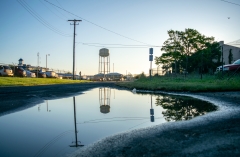Knauss legislative fellowships in Congress help build careers — and they're fun and educational. See our video and fact sheet for details.
From abstract concepts to real-world practice: How a legal scholar learned about on-the-ground climate change adaptation
Many scientists have predicted that this summer may be the hottest in the past century. Temperature is not the only concern; as the Earth gets hotter, it has caused sea water expansion, sea ice melt, and sea level rise. Under a warmer atmosphere, the intensity and frequency of precipitation has also increased. Because of sea level rise and heavy rainfalls, flooding has become a common challenge for many low-lying communities on both the Chesapeake Bay and Atlantic coastlines.
Some communities struggle with water pooling in the streets, even on sunny days when it hasn’t rained recently. These frontline communities have to come up with adaptation strategies to deal with these climate risks. Strategies include building sea walls, digging ditches, installing pumping stations, elevating houses, letting the marshes grow, or moving inland.
So, what is the role of law regarding all these scientific and engineering challenges? For the past three years, I have examined these questions for my Doctor of Juridical Science degree (equivalent to PhD in law) dissertation. Two key themes in my research have been coordination among federal, state, and local governments and designing decision-making processes that are inclusive, evidence-based, and equitable.
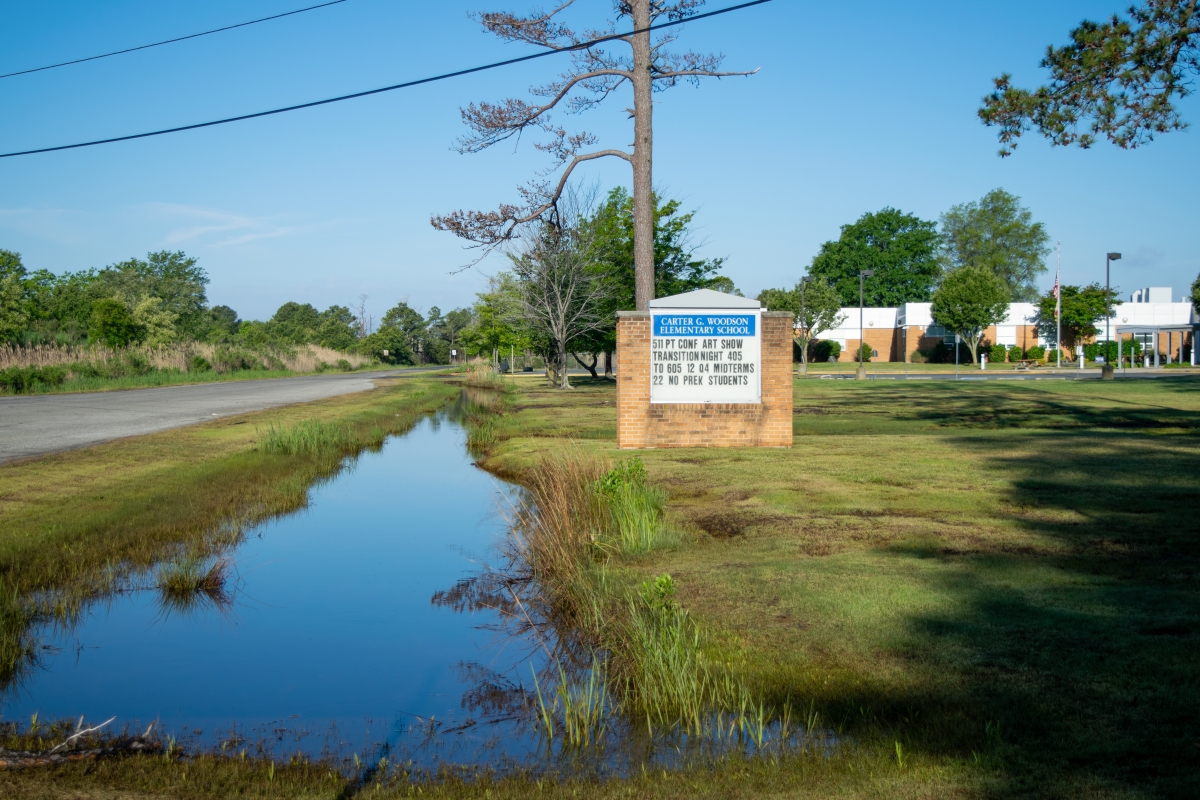
My research has provided some answers, but in real-world practice, how does the state coordinate with the local governments and how do governments make inclusive, evidence-based, and equitable decisions? Over the past year, my Maryland Sea Grant fellowship provided me with opportunities to observe adaptation governance happening in real-time.
One such experience was attending a quarterly meeting of Maryland’s Adaptation and Resiliency Working Group. This group helps the Maryland Commission on Climate Change create comprehensive strategies to reduce climate risks and provide adaptation tools for state and local governments. Their meeting discussion echoed the countless journal articles I have read on resilience, but three points stood out to me:
The first was co-leadership of local government. The working group discussed the potential for co-leadership of the group, which is currently led by the Maryland Department of Natural Resources. The group discussed introducing a local government representative as a co-leader, especially a representative from a frontline community or underrepresented community. Several agency officials supported this idea. After reading so many papers and policies promoting the idea of state and local coordination, seeing this idea brought to the table at a state-level discussion makes me believe that there is truly the possibility for a more coordinated state and local approach in adaptation practice.
The second memorable point from the meeting was building capacity for local governments. The working group also discussed their Next Generation Adaptation Plan in progress. Local governments’ capacity building has been brought up in almost all of the plan’s six sections. For instance, the plan’s water resources section mentions state staff should support local hazard management planning. In the natural resources and ecosystems section, it promotes state agencies working with local communities to conserve natural spaces, restore ecosystems, and reduce climate risks.
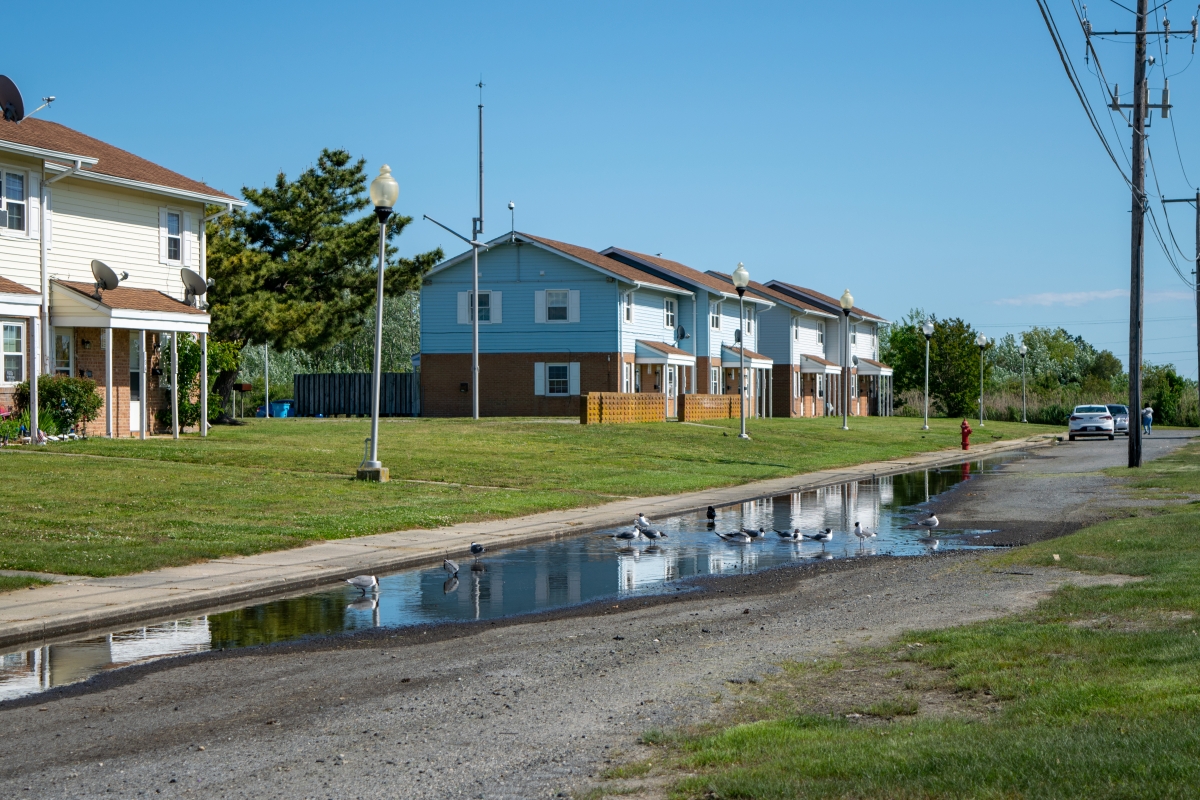
But what most impressed me as a legal scholar is that the plan also includes two focus areas: local government and justice, equity, diversity, and inclusion. In the local government section, the working group was trying to figure out the mechanics of how the state can streamline their resources to help local government.
During my time in Maryland, I have been amazed by the various climate adaptation workshops I participate in every month, and sometimes even every week. But how to combine the efforts of all these state agencies, academic institutions, and NGOs so that they are truly helpful to local governments in the long run remains a challenge.
The third point that stood out to me was the commitment to improving the process. Improving justice, equity, diversity, and inclusion is valuable for all other thematic sections, like water, health, and natural resources. Instead of promoting these values simply with words, the goal of the group is to incorporate this value into the decision-making process. But how? The group is working to streamline processes across agencies for grant funding, including a focus on helping underserved communities actually get access to these funding resources.
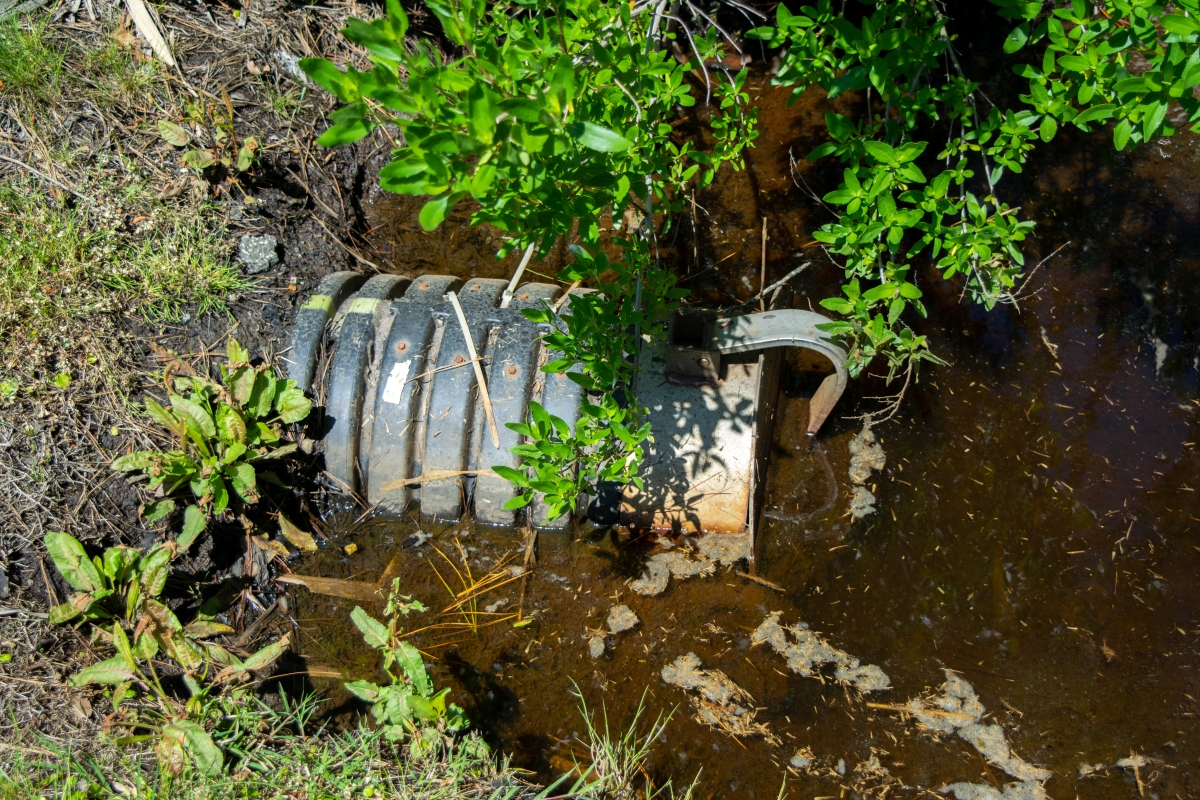
The discussion of local government capacity building and streamlining processes in the meeting reminded me of my visit to Crisfield, a city where one third of the population lives in public housing and suffers from severe flooding. Aside from the main street, many stores were closed. I was able to talk to some shop owners, and they shared that many people have moved out of town because of the floods. Another problem is that most of the city’s drainage systems are malfunctioning.
Multiple federal agencies, such as the Federal Emergency Management Agency and the Environmental Protection Agency, have come to help the city technically and financially. But when I talked to city officials, I learned that the city still faces great hardship in securing enough funding to repair and install more tide gates and pumping stations. Clearly, it remains a challenge to coordinate this federal momentum with state agencies’ efforts, resources, and knowledge. With flooding events increasing in severity, communities need long-term planning, not just short-term solutions.
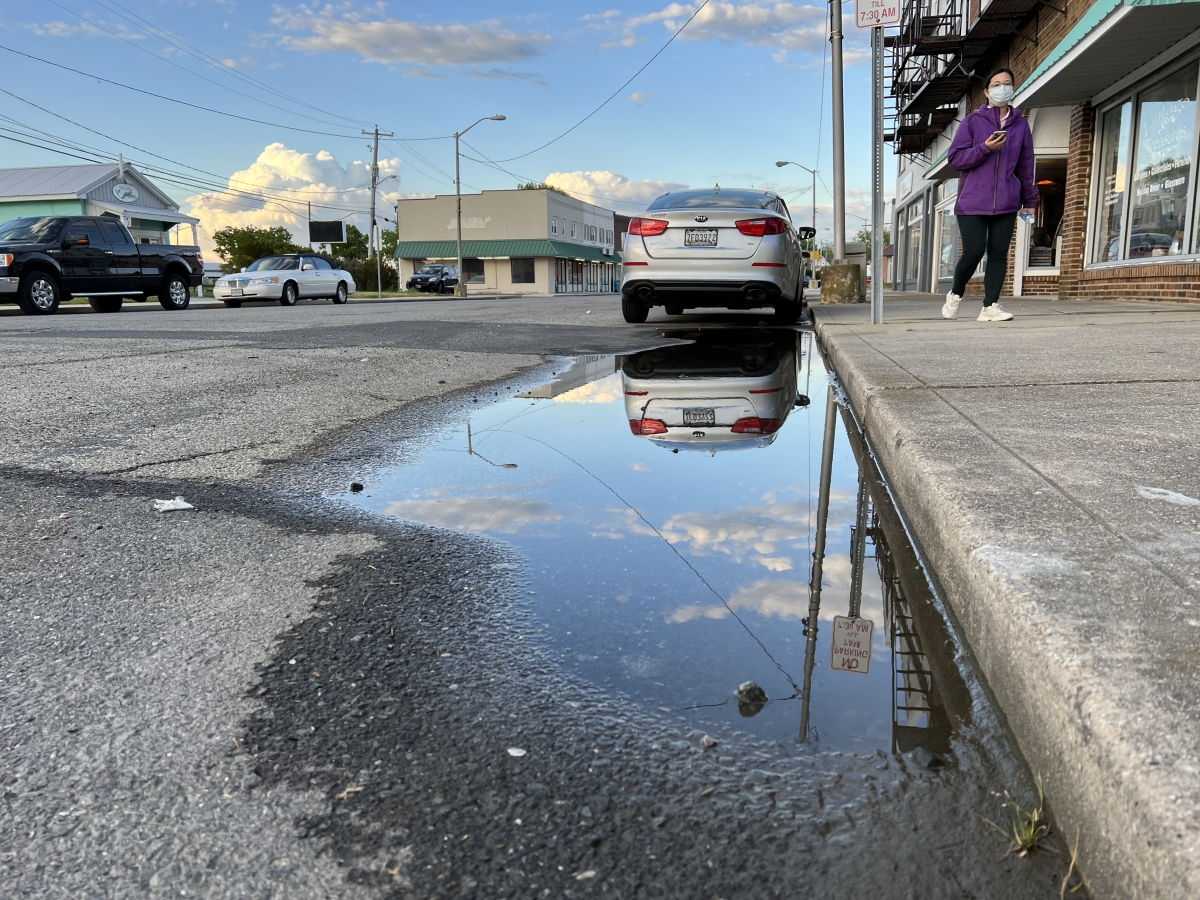
As a legal scholar who has long studied this topic, these fellowship experiences—in the field and in meetings—have encouraged me. I have been pleased to find that my research is truly useful to society—not just knowledge in an ivory tower. Even though I am not an engineer or a scientist, I can help institutionally and legally to build resilience and adaptation efforts.
See all posts to the Fellowship Experiences blog
